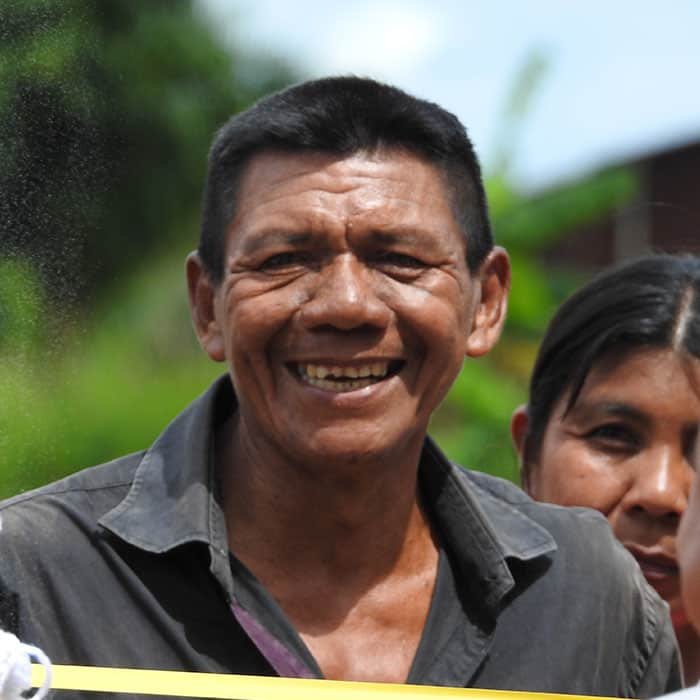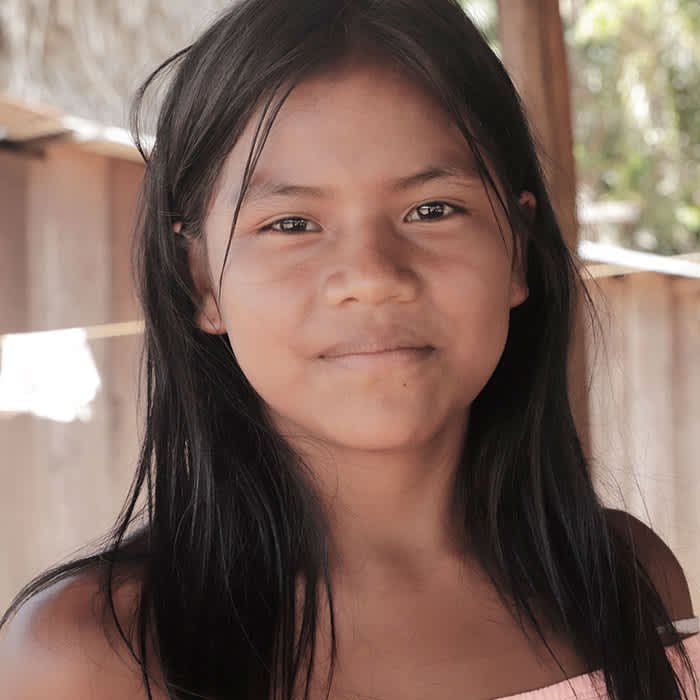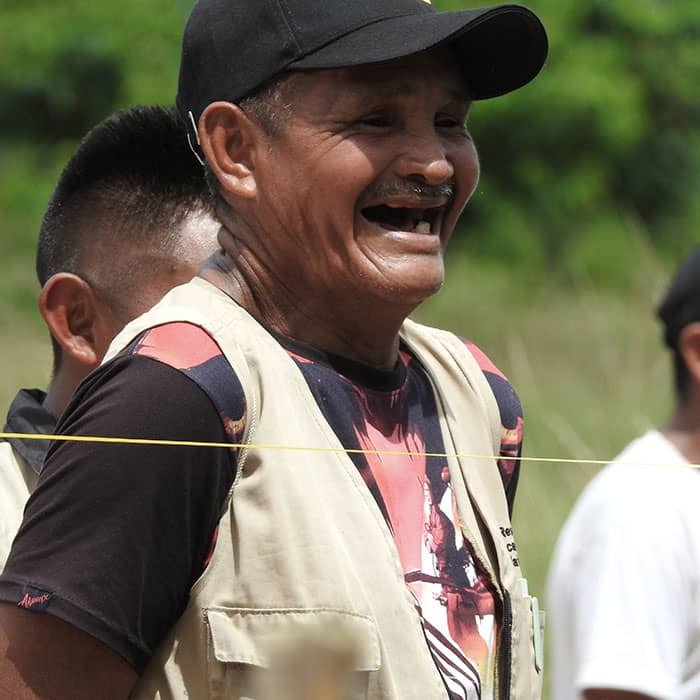
The Resguardo Selva de Matavén is a unique and vital region in the north eastern part of Vichada Department, Colombia. Spanning 1,849,613 hectares, it is the last well-preserved transition zone in the country, uniquely situated between the Orinoquía savannas and the Colombian Amazon. Surrounded by natural borders, including the Vichada River, Orinoco River, Guaviare River, and Chupave Creek, it is a sanctuary for biodiversity and a stronghold for Indigenous culture.
The forest derives its name from the Matavén Creek, which flows across the region. With its mix of ecosystems—terrafirme forests, flood plain forests, regenerating areas, open savannas, and moriche palm groves—Matavén serves as a critical refuge for wildlife and plays a pivotal role in maintaining Colombia’s environmental balance
In the 1980s, the Colombian government titled six Indigenous resguardos (reserves) surrounding the Matavén Forest, a region essential to the survival of Indigenous communities for generations. Recognizing the need to protect this central zone, the Indigenous communities organized to safeguard their land.
In the 1990s and early 2000s, the Matavén GEF process—involving organizations like Fundación Etnollano, Unidad de Parques, PNDA, OPIAC, and the Vichada Government—unified 16 resguardos, forming what is now the Resguardo Indígena Unificado de la Selva de Matavén. Due to its large size, one of these resguardos was later divided, resulting in 17 resguardos, now referred to as sectors
This effort also led to the creation of ACATISEMA (Asociación de Cabildos y Autoridades Tradicionales Indígenas de la Selva de Matavén), the governing body representing six ethnic groups: Cubeo, Curripaco, Piapoco, Piaroa, Puinave, and Sikuani. ACATISEMA has since been at the forefront of the protection and sustainable management of the Resguardo Selva Matavén, exemplifying the resilience and leadership of the Indigenous peoples in both cultural preservation and environmental stewardship






The Resguardo Selva Matavén is home to around 22.486 Indigenous peoples from six ethnic groups: Cubeo, Curripaco, Piapoco, Piaroa, Puinave, and Sikuani. These communities have a profound, ancestral connection to the land, seeing it notonly as a source of resources but as sacred ground. The land holds their sacred sites and reflects their rich cultural heritage, which is intimately tied to the health of the forest.
Protecting and sustainably managing Matavén is vital for both ecological and cultural survival. The protection of the forest is key to safeguarding the way of life and cultural identity of these Indigenous communities
Located at the transition zone between two major ecosystems—the Orinoquía savannas and the Amazon rainforest—the Resguardo Selva Matavén acts as a natural shield, protecting the Amazon from deforestation threats. Matavén is home to a mosaic of habitats, supporting avast array of species, many of which are unique to this area. The region’s ecological diversity makes it one of Colombia’s most important sites for biodiversity conservation.
Matavén stands as Colombia’s last well-preserved transition region thanks to our REDD+ initiative, which offers a sustainable alternative to mining, hydrocarbons, live stock expansion, and illegal activities
Today, the REDD+ Matavén Project embodies the collective vision of ACATISEMA and its strategic ally, Mediamos F&M, to safeguard this region. With ACATISEMA’s ancestral knowledge of the land and Mediamos’ technical expertise, this Project combines both Indigenous and modern sustainable practices.
By generating financial sustainability through the sale of carbon credits, the project provides long-term solutions that benefit both the land and the Indigenous peoples who depend on it.